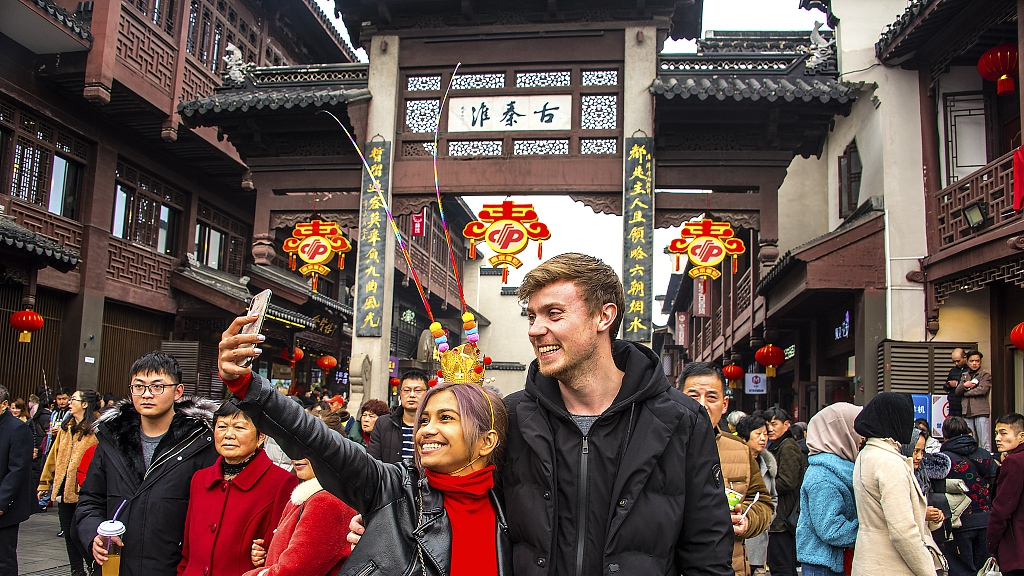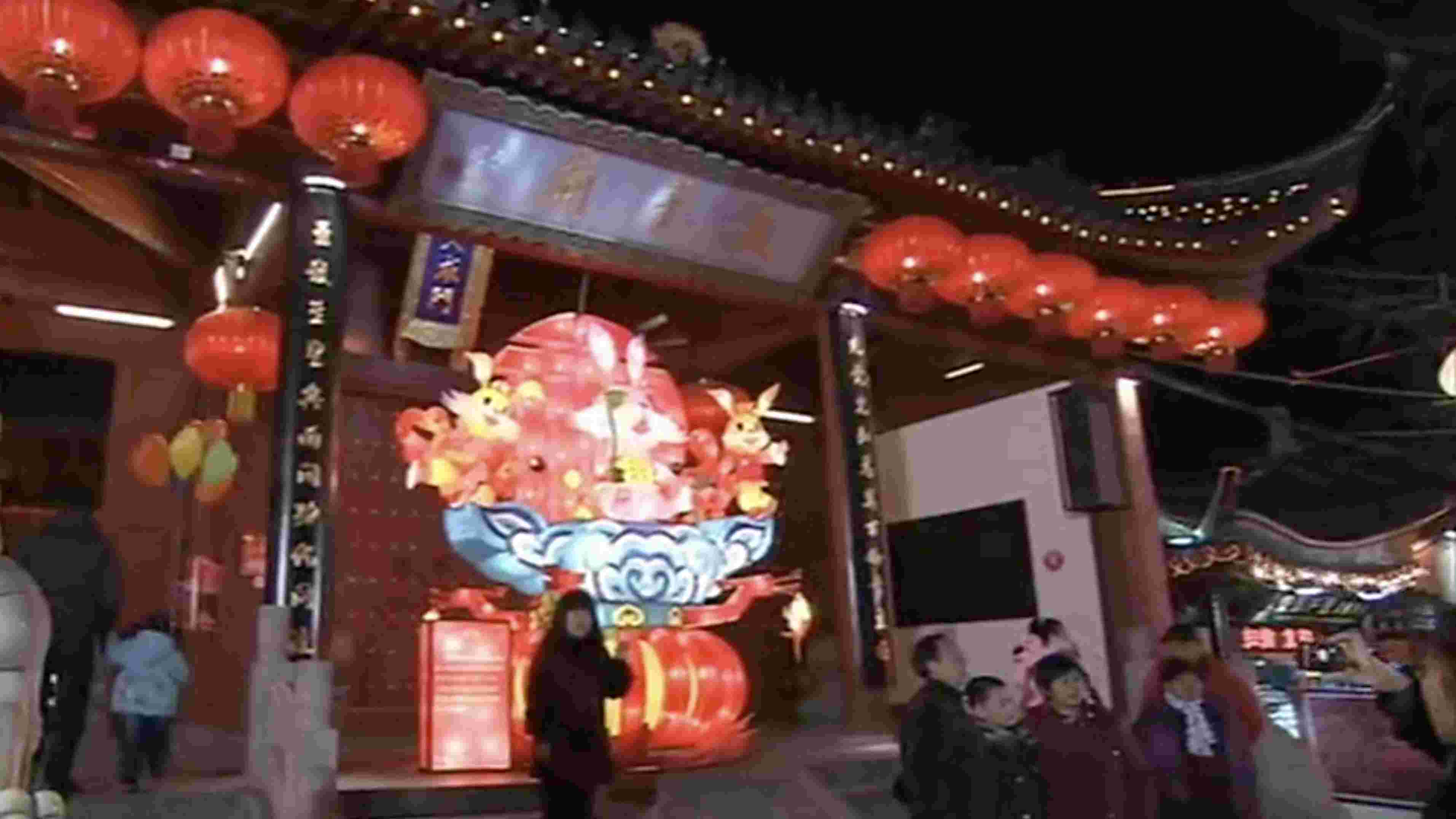
Culture China
22:04, 07-Feb-2019
Confucius temple and China's ancient imperial examination system
Updated
22:26, 07-Feb-2019
By Hu Xin from Asia Today

The Confucius Temple, also known as Fuzimiao, is a place that you can't miss in Nanjing.
As its name indicates, Fuzimiao is a place to worship the great Chinese ancient philosopher and educator Confucius. In ancient times, intellectuals went to the temple to pray for good fortune before taking the imperial examination, an ancient civil service examination system.
It was in place from 605 through 1905, undergoing changes as times changed.
In the Song Dynasty (960-1279), the screening process developed into a three-tiered system from local to provincial and then court exams. Those who passed the assessments were called "shengyuan", "juren" and "jinshi" respectively. During the Ming Dynasty (1368-1644), being a "jinshi" became essential for the highest office.
Some say the system is China's fifth Great Invention, because it was open to people from all classes. The underprivileged, the wealthy and the privileged were all eligible to sit the test.
It also stressed fair play. Candidates were identified by numbers rather than names. In order to prevent the candidate's handwriting from being recognized, the answers would be recopied by a third party before being assessed as well.
The system made social mobility possible and contributed to reinforcing the imperial power. It was adopted in Japan, Korea, and Vietnam.
On the other hand, critics say it stifled creativity and restrained intellectuals who dared not defy authority.
The system was abolished at the beginning of the 20th Century. Having played a significant role in ancient Chinese society for over one thousand years, it seems to continue to affect Chinese people in a subtle and imperceptible way.
The Chinese people attach great importance to education and children are known to succeed in school work. All these may find answers in the ancient examination system where academic success held great importance for a person's future.
Watch the video below for more information:
00:50


SITEMAP
Copyright © 2018 CGTN. Beijing ICP prepared NO.16065310-3
Copyright © 2018 CGTN. Beijing ICP prepared NO.16065310-3